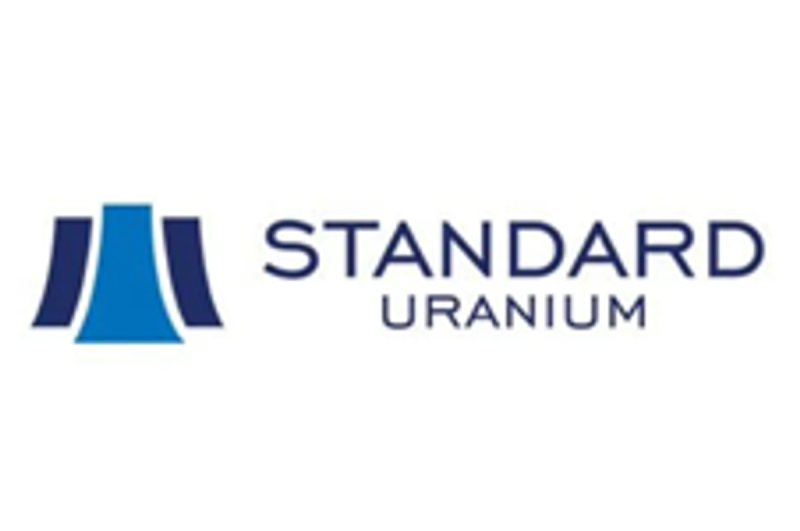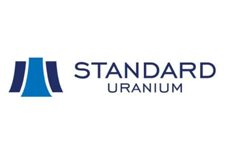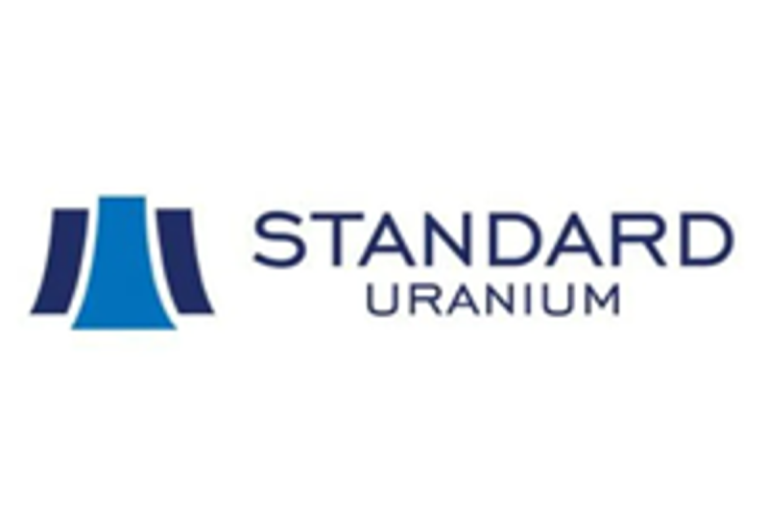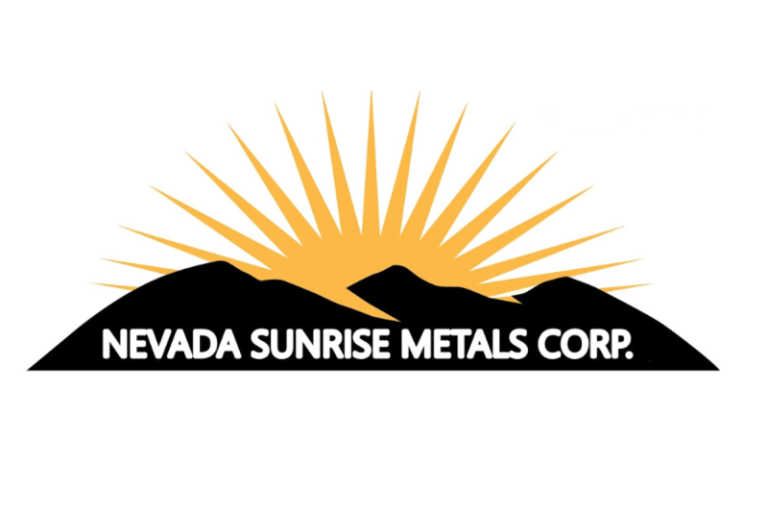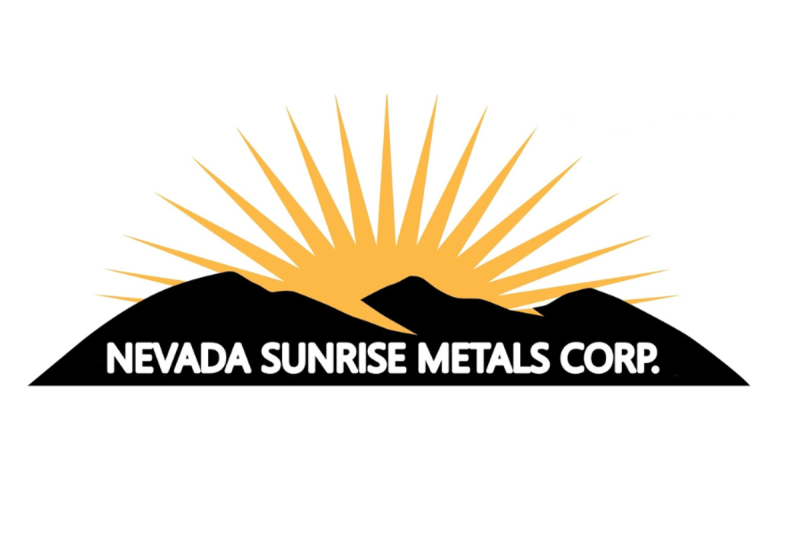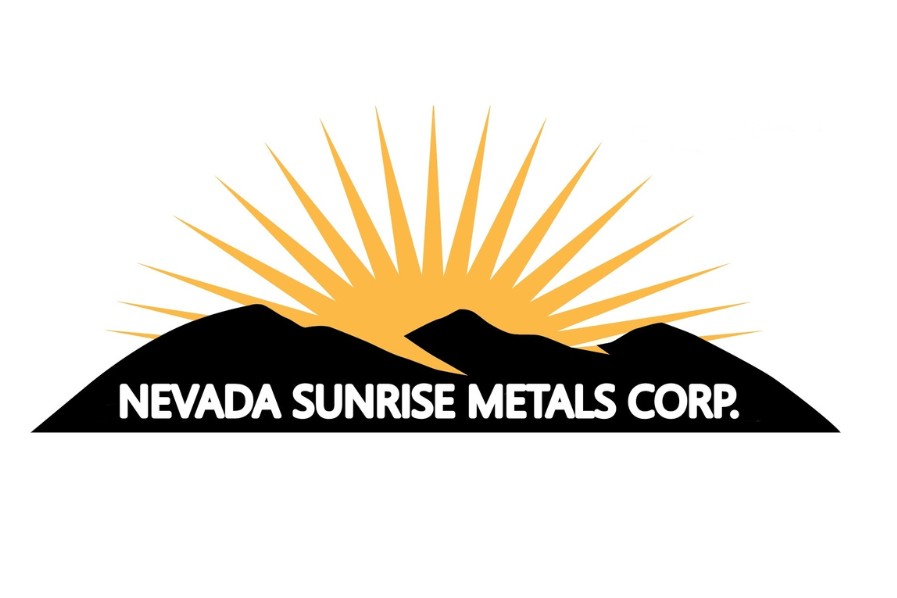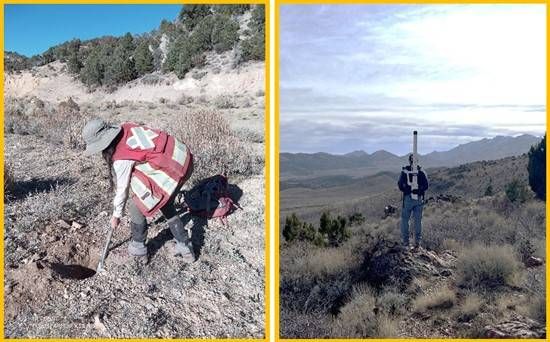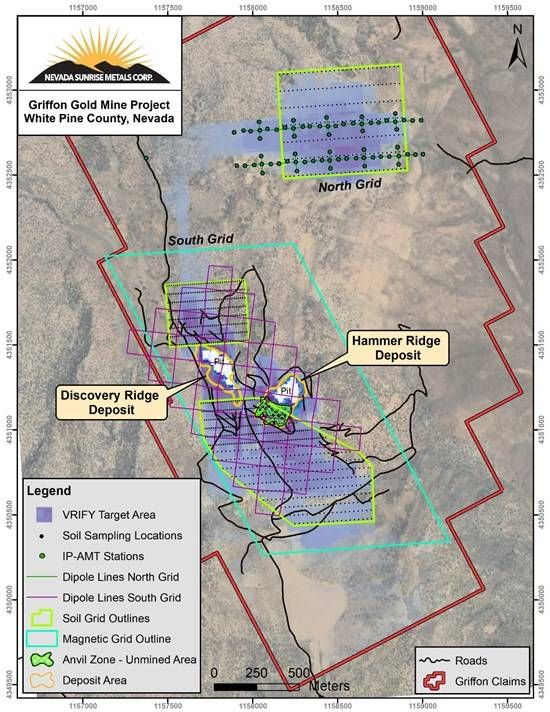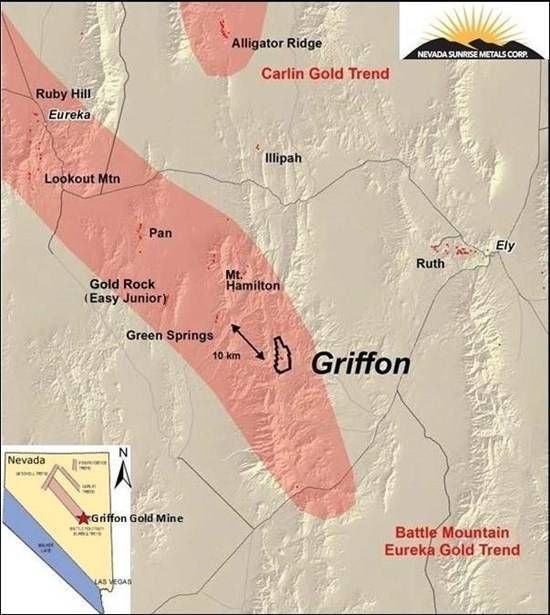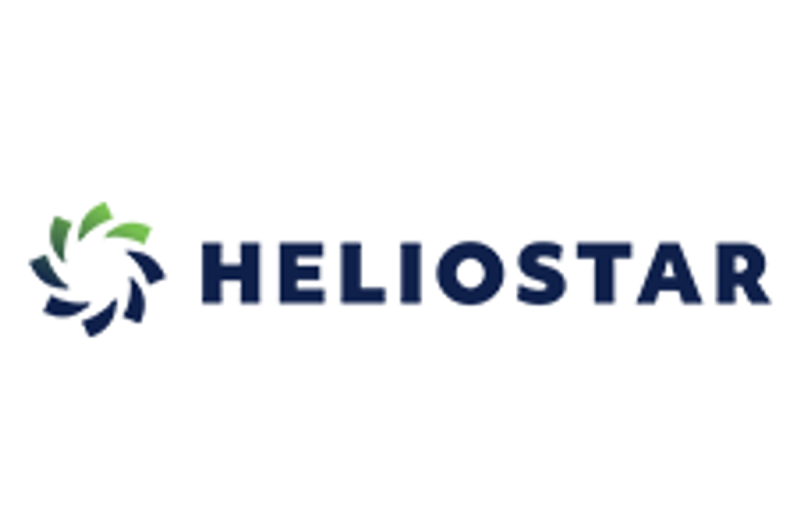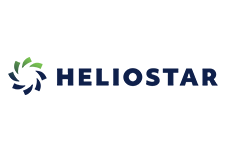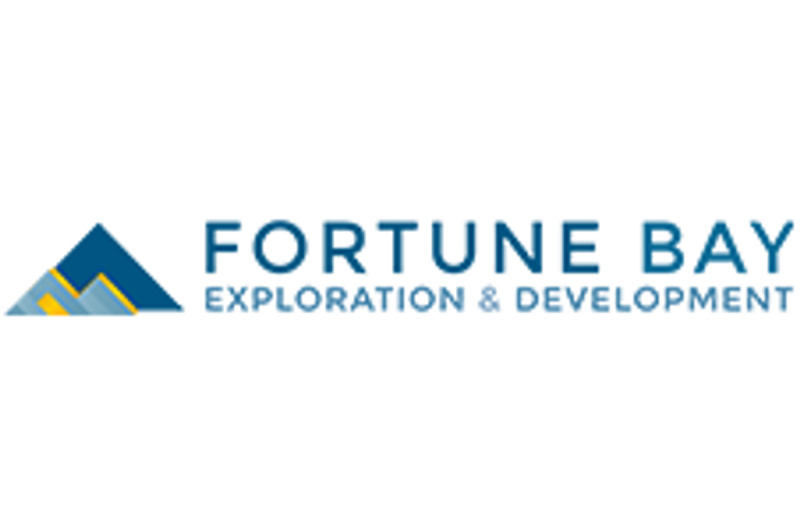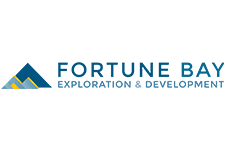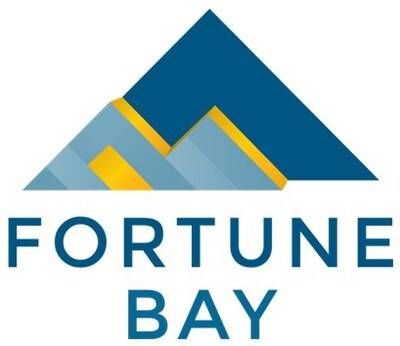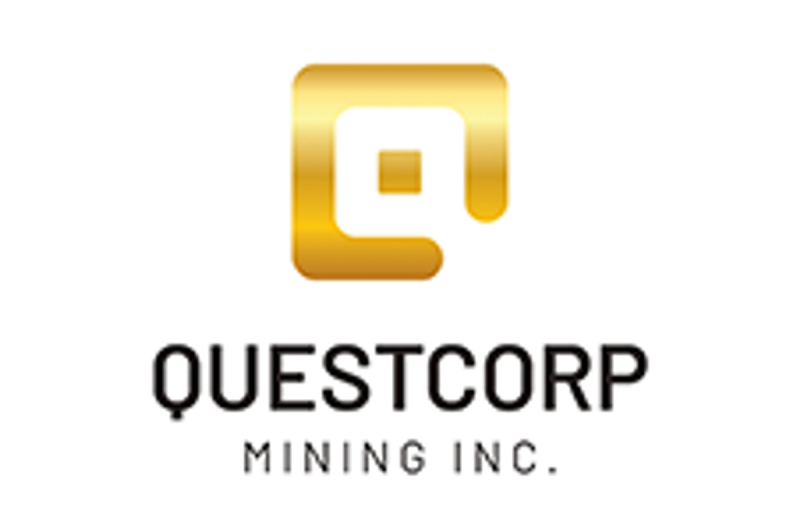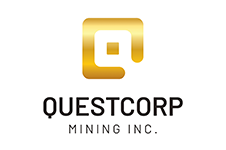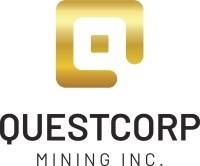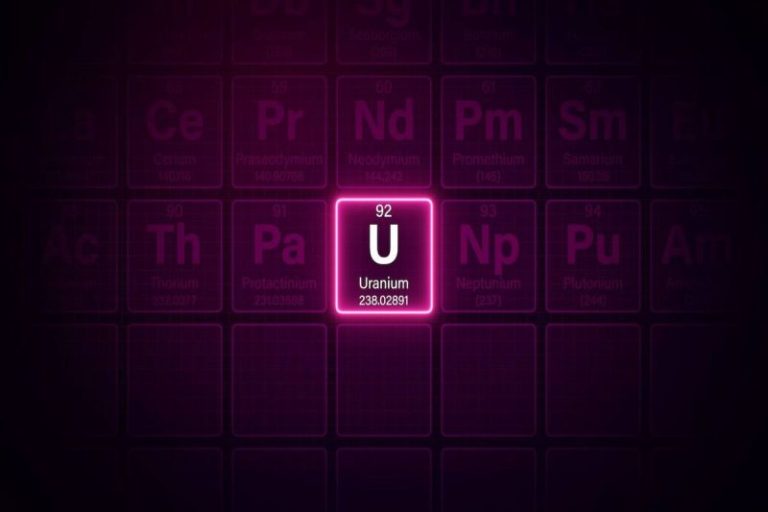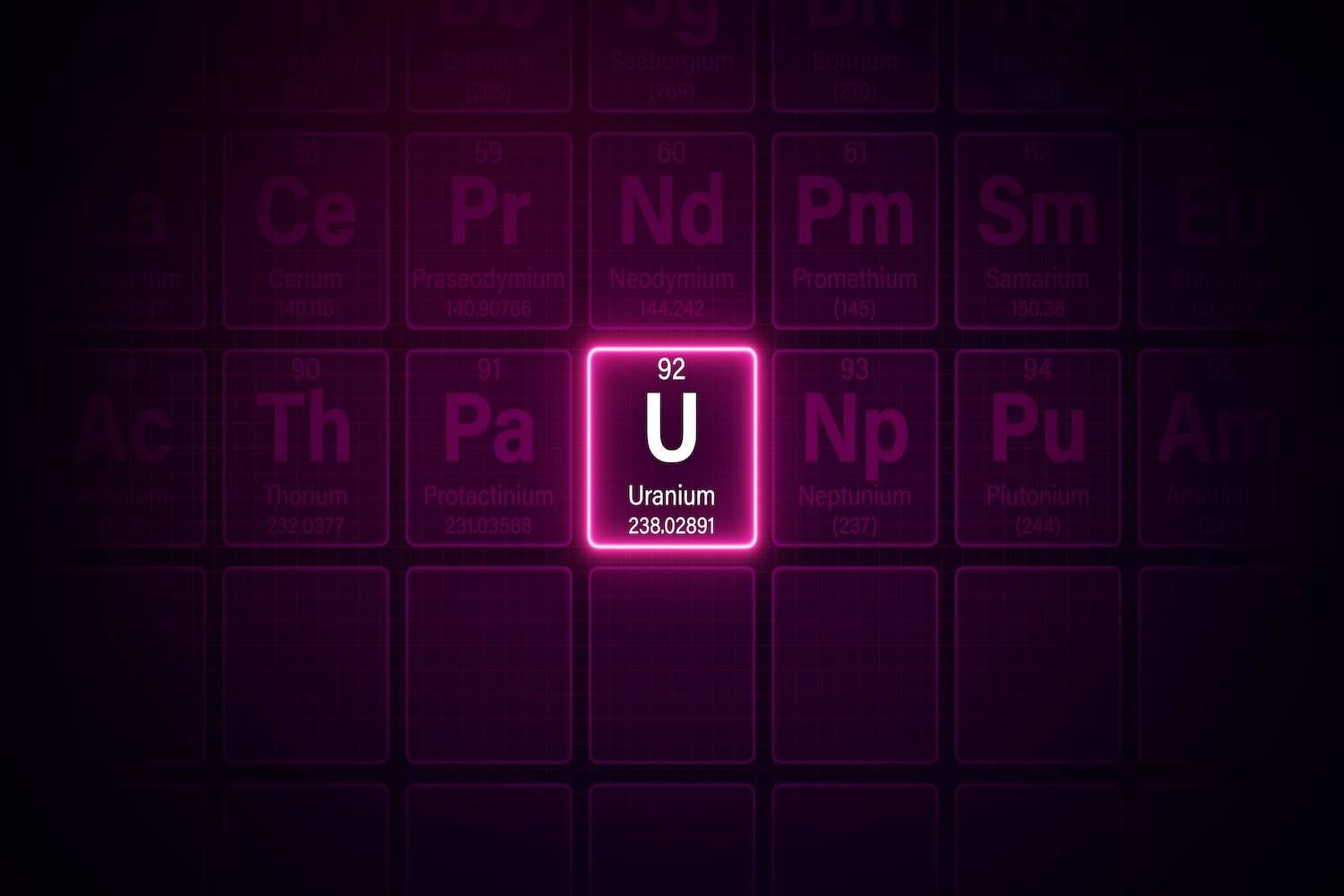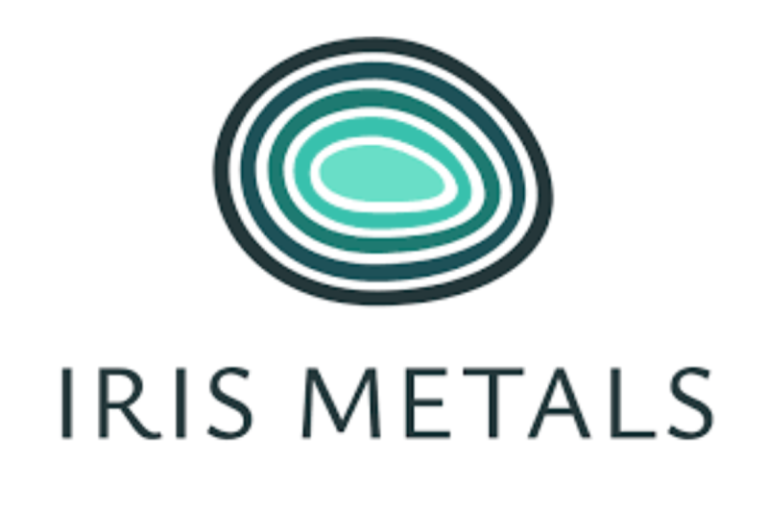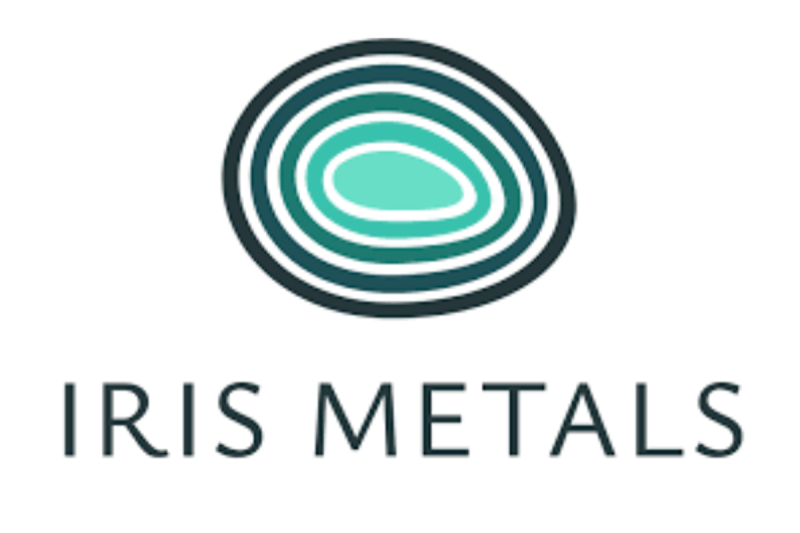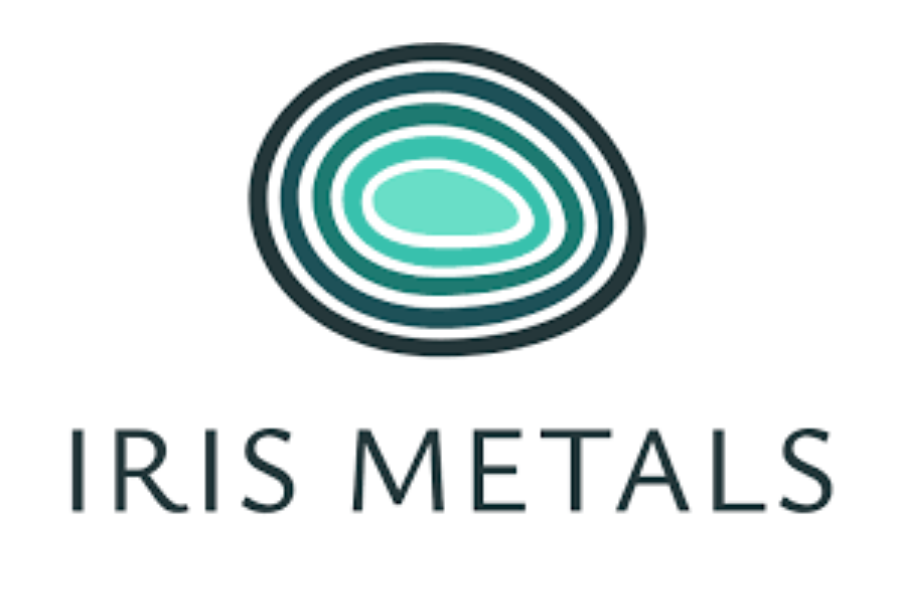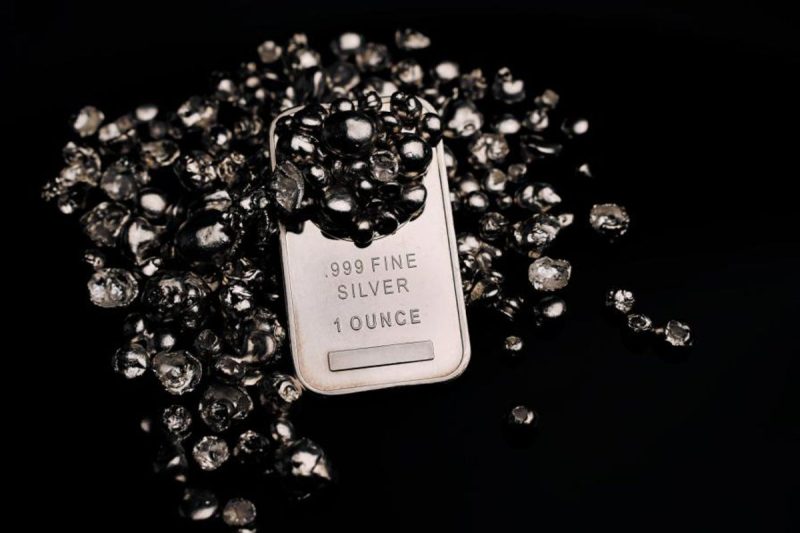HIGHLIGHTS:
-
Restart of mining operations at San Agustin
-
Mining the reserve will produce 45,000 ounces at an AISC of $1,990/GEO providing a margin of over $2,300/oz at current spot gold prices
-
Oxide targets drilling program underway with 37 holes completed and submitted for analysis
Heliostar Metals Ltd. (TSXV: HSTR,OTC:HSTXF) (OTCQX: HSTXF) (FSE: RGG1) (‘Heliostar’ or the ‘Company’) is pleased to announce that mining, crushing and conveying and stacking of ore onto the leach pad at San Agustin has recommenced.
Heliostar CEO, Charles Funk, commented, ‘Restarting mining at San Agustin is a significant milestone for Heliostar. It delivers on our guidance of a Q4, 2025 restart issued at the beginning of the year and sets the Company up for a large increase in consolidated gold production in 2026. Mining the current reserve will produce 45,000 ounces of gold expected to generate US$40M in cash flow at a US$3,000 gold price. Further, the Company is in the middle of a 10,000-15,000 metre drill program focused on finding potential extensions of the orebody that may support an increase in mine life at San Agustin.’
‘Investing in Heliostar at the beginning of the year required trust that the many undefined opportunities recognized by our team within our portfolio could be progressed. We move toward the end of the year having crystalized many of these opportunities. We have certainty in our production profile at San Agustin and La Colorada going into 2026 and look forward to providing formal guidance in January. We have shown the value of our growth opportunities with studies on our flagship Ana Paula and Cerro del Gallo projects. With more drilling completed in 2025 than the entire previous history of Heliostar, we aim to continue to build on our 8.2M gold and gold-equivalent ounce M&I resource base1,2. We plan to deliver continued production growth, and grow the value of Heliostar on a per share basis. We are only just getting started!’
Restart Update
The Company announced it had received the final approvals from the government to restart mining at San Agustin on July 22, 2025. Since that time, Heliostar has rapidly advanced work to restart mining activities at the operation. This included purchase and transfer of the surface access rights to Heliostar, adjusting the location of a power line tower and establishing surface access roads to the Corner area.
Over the past several months, the Company has relocated the vegetation and topsoil at the Corner area and recommissioned the 30,000 tonne per day crushing circuit while residual heap leach operations have continued uninterrupted. This has allowed Heliostar to restart open pit mining with two ore blasts and two waste blasts completed to date. The mining contractor has successfully mobilized 90% of the mobile equipment fleet to site which will allow the operation to achieve production targets. Crushing activities continue to ramp up to full capacity with stacking of new oxide ore on the leach pad underway.
Restart Photos
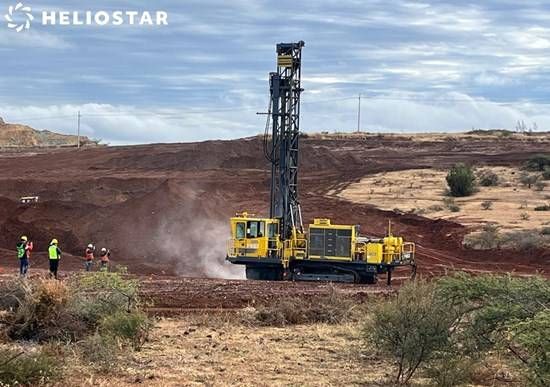
Figure 1: Production drill rig drilling blast hole patten in Corner Area at San Agustin.
To view an enhanced version of this graphic, please visit:
https://images.newsfilecorp.com/files/7729/278432_964ab61f64952905_003full.jpg
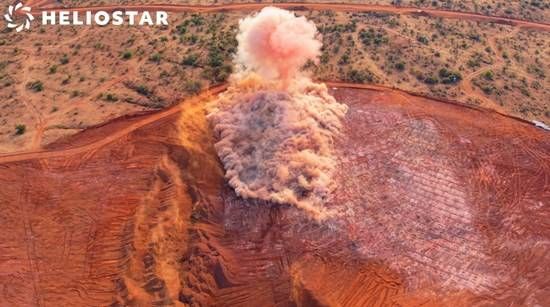
Figure 2: First blast of the Corner Area at San Agustin.
To view an enhanced version of this graphic, please visit:
https://images.newsfilecorp.com/files/7729/278432_964ab61f64952905_004full.jpg
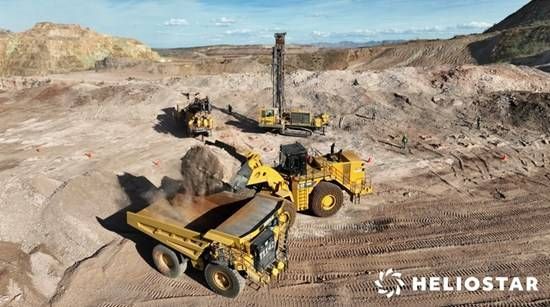
Figure 3: First ore being loaded to be delivered to the crusher at San Agustin.
To view an enhanced version of this graphic, please visit:
https://images.newsfilecorp.com/files/7729/278432_964ab61f64952905_005full.jpg
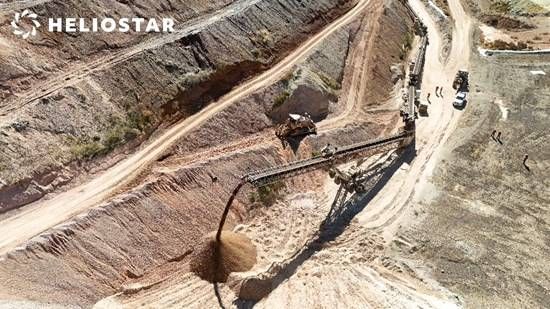
Figure 4: First new ore being conveyed and stacked on the San Agustin leach pad.
To view an enhanced version of this graphic, please visit:
https://images.newsfilecorp.com/files/7729/278432_964ab61f64952905_006full.jpg
Technical Report Summary
On January 14, 2025, the Company filed an amended and restated technical report titled ‘San Agustin Operations, Durango State, Mexico, NI 43-101 Technical Report’ prepared by Mr. Todd Wakefield, RM SME, Mine Technical Services, Mr. David Thomas, P.Geo., Mine Technical Services, Mr. Jeffrey Choquette, P.E., Hard Rock Consulting, Mr. Carl Defilippi, RM SME, Kappes Cassiday and Associates and Ms. Dawn Garcia, CPG, Stantec with an effective date of November 30, 2024 (the ‘Technical Report’).
The life-of-mine (LOM) plan set out in the Technical Report indicates that a probable mineral reserve of 68,000 ounces of gold can be exploited based on 1.2 years of mine life at a site level all-in sustaining cost (AISC) of US$1,990/oz Au. The initial capital cost in the Technical Report is estimated at US$4.2M.
The Technical Report demonstrates a post-tax NPV5% of US$35.3M, a post-tax IRR of 548% and a payback period of 0.2 years for the upside case at a $3,000/oz gold price.
The mineral reserve estimate included in the Technical Report is based on operation of the existing crusher and conveyor system having a nameplate throughput capacity of about 30,000 tonnes/day and the continued operation of the heap leach and carbon-in-column (CIC) process circuit processing ore from the expanded open pit. The mineral reserve estimate included in the Technical Report is presented below. The expected operating performance and operating cost forecasts were compiled with the benefit of benchmarking historical performance at San Agustin and the input of seasoned professionals knowledgeable of the conventional technologies being used at San Agustin, the expected consumption quantities of key supplies, and commercial pricing for goods and services in Mexico.
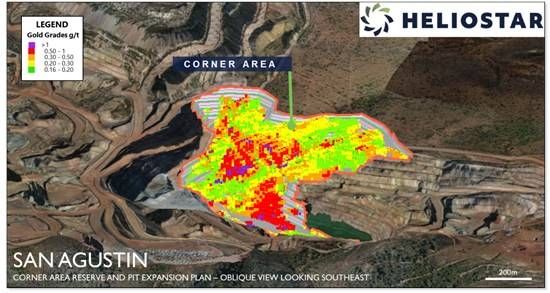
Figure 5: View of Corner Area looking to southeast showing the current reserve model and planned pitshell.
To view an enhanced version of this graphic, please visit:
https://images.newsfilecorp.com/files/7729/278432_964ab61f64952905_007full.jpg
Oxide Growth Targets
With mining now started at San Agustin mine, the Company is working to extend the mine life. To date, 37 drill holes totalling 3,300m from the ongoing 10,000-15,000m drill program have been completed with assays pending. This drill program is focused on defining additional gold-bearing oxide gold material at the margins of the current pit and at the edge of the Corner Area that can extend the life of the operation. Drilling at the Corner SW, MKT and Phase 3 SW areas (shown below in Figure 6) has been completed with the drill currently active at the Corner SW area.
Higher-grade oxide results from the priority Corner SW target area drilled by a previous operator include:
- Hole 14-SAGRC-196 grading 3.52 grams per tonne (g/t) Gold over 18.3 metres from 32.0 metres downhole
- Hole 14-SAGRC-177 grading 0.34 g/t Gold over 15.24 metres from 27.4 metres downhole
The targets are the extensions of mineralized corridors defined by grade control drilling and through a comprehensive re-logging and multi-element re-assaying program undertaken by Heliostar geologists in H1, 2025. The increase in gold price has also increased the potential of certain lower grade areas that were not previously a priority at San Agustin. The base case economics in the January 2025 Technical Report were shown at a $2,100/oz gold price within resource pit shells calculated at $2,150/oz.
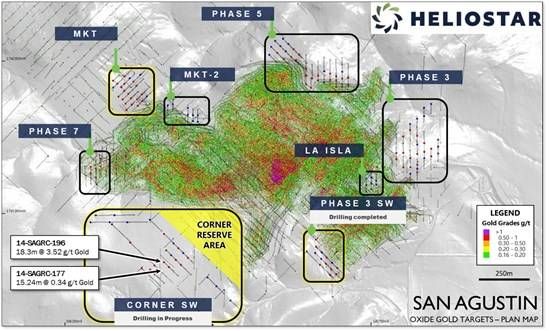
Figure 6: Plan map of San Agustin showing oxide gold growth targets with drilling and blasthole data shown. Areas highlighted in yellow show drilling progress.
To view an enhanced version of this graphic, please visit:
https://images.newsfilecorp.com/files/7729/278432_964ab61f64952905_008full.jpg
Statement of Qualified Person
Stewart Harris, P.Geo., a Qualified Person, as such term is defined by National Instrument 43-101 – Standards of Disclosure for Mineral Projects, has reviewed the scientific and technical information that forms the basis for this news release and has approved the disclosure herein. Mr. Harris is employed as Exploration Manager of the Company.
Footnotes
- La Colorada, San Agustin, Ana Paula and San Antonio are gold-only measured and indicated resource contained ounces.
- Cerro del Gallo are measured and indicated resource contained gold-equivalent ounces. The gold equivalent grades were calculated as AuEq = Au Grade + (((Cu Price in US$/lb * 22.0462 * Cu Recovery and Payable) / (Au Price in US$/g * Au Recovery and Payable)) * Cu Grade) + (((Ag Price in US$/g * Ag Recovery and Payable) / (Au Price in US$/g * Au Recovery and Payable)) * Ag Grade). Metal prices used are US$2,500/oz Au, US$30.50/oz Ag, and US$4.60/lb Cu. In addition, a gold recovery of 74%, a silver recovery of 60% and a copper recovery of 17% were used for Oxide material, a gold recovery of 68%, a silver recovery of 73% and a copper recovery of 62% were used for Mixed Oxide material, a gold recovery of 61%, a silver recovery of 58% and a copper recovery of 73% were used for Mixed Sulfide material and a gold recovery of 53%, a silver recovery of 35% and a copper recovery of 59% were used for Sulfide material. The average overall payables from the smelter and refineries were estimated at 98.8% for gold, 90.1% for silver and 88.2% for copper.
About Heliostar Metals Ltd.
Heliostar is a gold mining company with production from operating mines in Mexico. This includes the La Colorada Mine in Sonora and the San Agustin Mine in Durango. The Company also has a strong portfolio of development projects in Mexico and the USA. These include the Ana Paula project in Guerrero, the Cerro del Gallo project in Guanajuato, the San Antonio project in Baja Sur and the Unga project in Alaska, USA.
FOR ADDITIONAL INFORMATION, PLEASE CONTACT:
Charles Funk
President and Chief Executive Officer
Heliostar Metals Limited
Email: charles.funk@heliostarmetals.com
Phone: +1 844-753-0045 |
Rob Grey
Investor Relations Manager
Heliostar Metals Limited
Email: rob.grey@heliostarmetals.com
Phone: +1 844-753-0045 |
Neither TSX Venture Exchange nor its Regulation Services Provider (as that term is defined in the policies of the TSX Venture Exchange) accepts responsibility for the adequacy or accuracy of this release.
Cautionary Statement Regarding Forward-Looking Information
This news release includes certain ‘Forward-Looking Statements’ within the meaning of the United States Private Securities Litigation Reform Act of 1995 and ‘forward-looking information’ under applicable Canadian securities laws. When used in this news release, the words ‘anticipate’, ‘believe’, ‘estimate’, ‘expect’, ‘target’, ‘plan’, ‘forecast’, ‘may’, ‘would’, ‘could’, ‘schedule’ and similar words or expressions, identify forward-looking statements or information. These forward-looking statements or information relate to, among other things, show the full extent of the deposit, upgrade and expand the resource base, growing our annual production profile in the near term and bringing additional production online.
Forward-looking statements and forward-looking information relating to the terms and completion of the Facility, any future mineral production, liquidity, and future exploration plans are based on management’s reasonable assumptions, estimates, expectations, analyses and opinions, which are based on management’s experience and perception of trends, current conditions and expected developments, and other factors that management believes are relevant and reasonable in the circumstances, but which may prove to be incorrect. Assumptions have been made regarding, among other things, the receipt of necessary approvals, price of metals; no escalation in the severity of public health crises or ongoing military conflicts; costs of exploration and development; the estimated costs of development of exploration projects; and the Company’s ability to operate in a safe and effective manner and its ability to obtain financing on reasonable terms.
These statements reflect the Company’s respective current views with respect to future events and are necessarily based upon a number of other assumptions and estimates that, while considered reasonable by management, are inherently subject to significant business, economic, competitive, political, and social uncertainties and contingencies. Many factors, both known and unknown, could cause actual results, performance, or achievements to be materially different from the results, performance or achievements that are or may be expressed or implied by such forward-looking statements or forward-looking information and the Company has made assumptions and estimates based on or related to many of these factors. Such factors include, without limitation: precious metals price volatility; risks associated with the conduct of the Company’s mining activities in foreign jurisdictions; regulatory, consent or permitting delays; risks relating to reliance on the Company’s management team and outside contractors; risks regarding exploration and mining activities; the Company’s inability to obtain insurance to cover all risks, on a commercially reasonable basis or at all; currency fluctuations; risks regarding the failure to generate sufficient cash flow from operations; risks relating to project financing and equity issuances; risks and unknowns inherent in all mining projects, including the inaccuracy of reserves and resources, metallurgical recoveries and capital and operating costs of such projects; contests over title to properties, particularly title to undeveloped properties; laws and regulations governing the environment, health and safety; the ability of the communities in which the Company operates to manage and cope with the implications of public health crises; the economic and financial implications of public health crises, ongoing military conflicts and general economic factors to the Company; operating or technical difficulties in connection with mining or development activities; employee relations, labour unrest or unavailability; the Company’s interactions with surrounding communities; the Company’s ability to successfully integrate acquired assets; the speculative nature of exploration and development, including the risks of diminishing quantities or grades of reserves; stock market volatility; conflicts of interest among certain directors and officers; lack of liquidity for shareholders of the Company; litigation risk; and the factors identified under the caption ‘Risk Factors’ in the Company’s public disclosure documents. Readers are cautioned against attributing undue certainty to forward-looking statements or forward-looking information. Although the Company has attempted to identify important factors that could cause actual results to differ materially, there may be other factors that cause results not to be anticipated, estimated or intended. The Company does not intend, and does not assume any obligation, to update these forward-looking statements or forward-looking information to reflect changes in assumptions or changes in circumstances or any other events affecting such statements or information, other than as required by applicable law.

To view the source version of this press release, please visit https://www.newsfilecorp.com/release/278432


